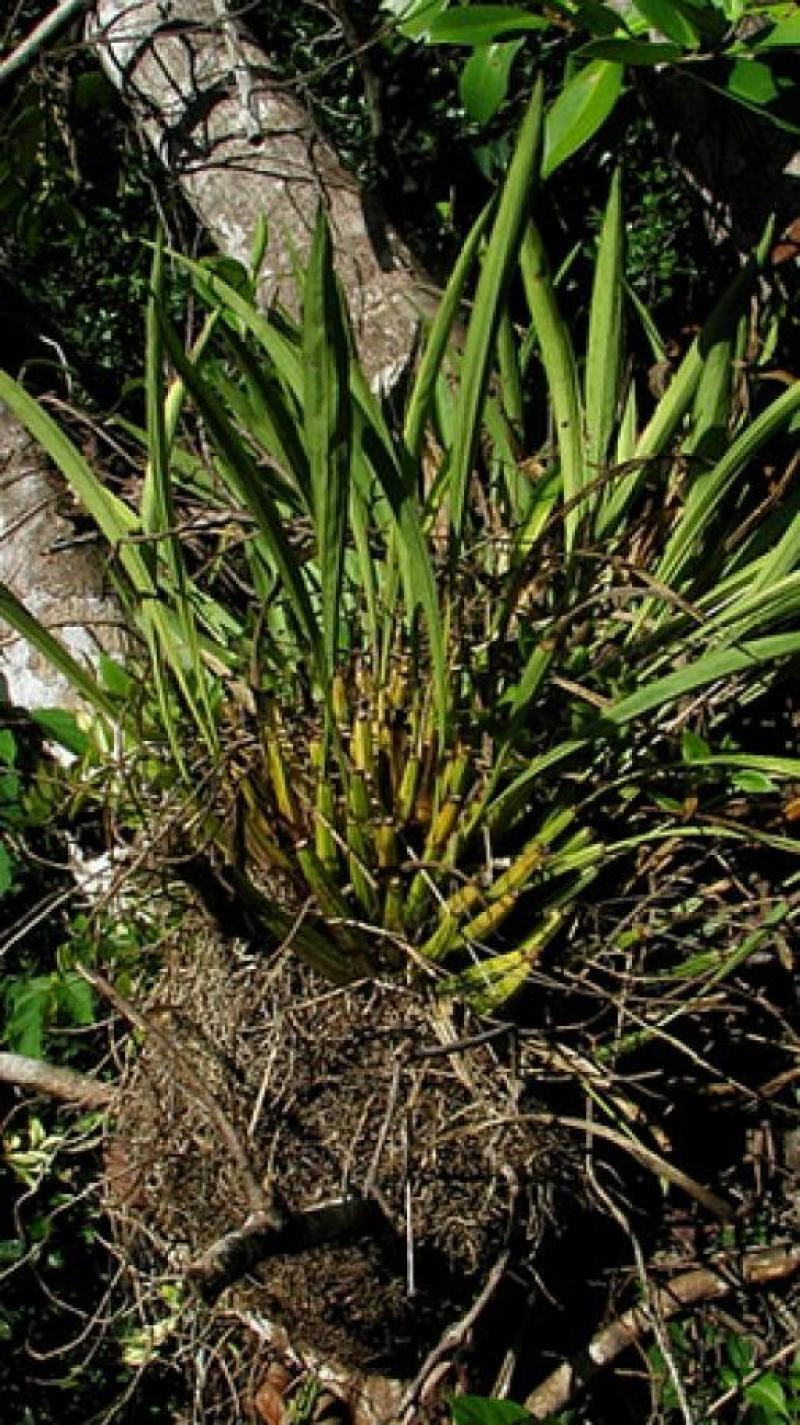Coryanthes speciosa
Also known as: The Outstanding Coryanthes or Coryanthes speciosa h.f. maculata Coryanthes speciosa h.f. picturata Coryanthes punctata Coryanthes speciosa var. vitellina Coryanthes splendens Coryanthes maculata var. vitrina Coryanthes maculata var. splendens Coryanthes speciosa var. eximia Epidendrum galeatum Coryanthes speciosa var. sumneriana Coryanthes speciosa var. espritosantense Coryanthes speciosa var. speciosa Coryanthes maculata var. punctata Coryanthes speciosa var. punctata Coryanthes speciosa f. punctata Coryanthes sumneriana Coryanthes speciosa f. sumneriana in the subfamily: Epidendroideae
Native to: Departamento del Huila - Colombia Guatemala Honduras Mexico Panama Sao Paulo - Brazil
General Information
The Outstanding Coryanthes is a large sympodial hot growing epiphytic orchid belonging to the sub family Epidendroideae native to Colombia, Guatemala, Honduras, Mexico, Panama, and Brazil.
Plant Description
Sympodial. Grows to 45-70cm. Each new growth has numerous leaves that grow to 2-55cm long. Pseudobulbs grow to 7-15cm
Flowers
Numerous fragrant blossoms appear
Fragrance
The orchid is fragrant.
Substrate(s)
- Bark
- Spaghnum Moss
Care Notes
These orchids have a fine root system that can quickly die back if left dry for too long, but also does not like to be kept wet, so water regularly but ensure that the mix is dry before watering.
Fragrant:- IsFragrant
Climate
Grows at low to high elevations. Rainfall ranges from 74mm to 665mm per day, heaviest in July and lightest in April. Humidity ranges from 76% to 83%, highest in July and lowest in March. Temperature ranges from 18C to 29C, highest in September (20C to 29C) and lowest in January (18C to 27C).
Watering
These orchids prefer a wet-dry cycle between waterings, they should be watered frequently but only when the moisture is approaching dryness, where the pot feels light and/or the media looks dry. Keep an eye on mounted orchids in warm weather as they may dehydrate quickly.
Fertiliser
Apply liquid based fertiliser per recommended directions. They can benefit from a high phosphate fertiliser leading up to flowering season, followed by a high nitrogen fertiliser when new growth appears, and a balanced fertiliser in other times. These orchids can also tolerate slow release fertiliser applied 1-2 pellets per cup (250ml) of media.
Be sure to flush out excess fertiliser by running water through the media regularly year round. Apply fertiliser regularly at half strength year round. Use a high Nitrogen fertiliser during Spring and Summer. Use a high Phosphorous fertiliser during Summer. Reduce fertiliser when plant is dormant during Spring.Potting
These plants are quite forgiving and will do well repotted ever 2-3 years. The mix should be coarse, well draining, and allow space for air to move and for roots to grow.
Alternatively, these plants will also do well mounted to tree fern or cork slabs, or mounted to trees.
Best time for repotting or mounting the orchids is the end of winter when new growths start to appear. Avoid repotting during hot weather,
This plant does very well in baskets or suspended pots This plant does well mounted.





















